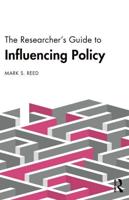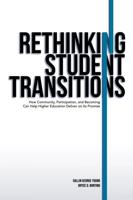Publisher's Synopsis
This is the second publication in the Innovations in Education series: Creating Strong Supplemental Educational Services Programs. This series identifies concrete, real-world examples of innovations flourishing throughout this great land, in six important areas: public school choice, supplemental educational services, charter schools, magnet schools, alternative teacher certification, and school leadership. Although the term "supplemental educational services" is enjoying newfound prominence, its meaning is as old as education itself: tutoring. This important provision of the No Child Left Behind Act provides eligible low-income parents with the same opportunities more affluent parents have long enjoyed: the chance to engage a highly skilled tutor, or access other forms of academic enrichment, to help their child catch up if they have fallen behind. For school districts, this extra help for their neediest students can be an important complement to ongoing school improvement efforts. But as we have learned in the first two years of this historic law, successfully setting up a supplemental educational services program takes a lot of work and foresight. States play a key role by approving and monitoring the "providers"-including nonprofit organizations, faith-based groups, for-profit companies, collaboratives of teachers, and school districts-that may deliver the tutoring. Parental choice is central-the statute purposely sets up a marketplace so that parents can find a provider that works best for their child's needs. And in between parents and providers is the school district, ideally serving as a fair broker, contracting with and paying providers, informing parents, and making sure the system is working smoothly. Of course, doing all of that is easier said than done. This report was developed to give district leaders some guidance as they implement supplemental services. In doing so, it draws on examples from five diverse districts across the country whose implementation experiences yield some common themes and lessons that might be helpful to others working on supplemental services. For instance, successful districts embraced the spirit of supplemental services by setting a positive tone about the importance of these provisions, planning for their implementation, and staffing the program adequately. They built strong relationships with providers, helped them access school facilities, and created a fair contracting system. They used multiple methods to inform parents of their options and helped them make the best choice for their children. And they established clear student learning goals and ensured that providers were supplying frequent progress reports to parents and teachers.










